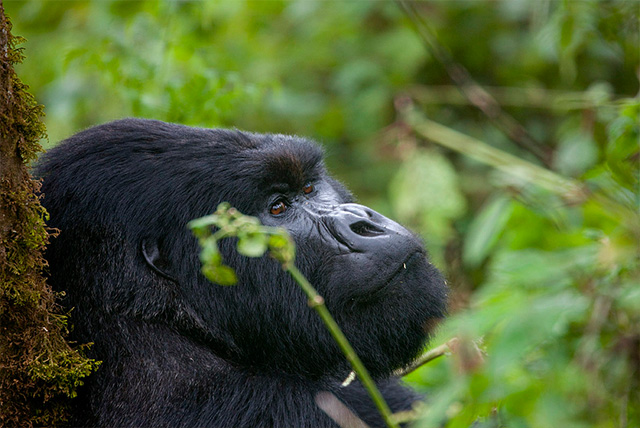Ethiopia Climate and Weather
Ethiopia boasts a diverse range of climates, yet the central and northern highlands are home to many of the most sought-after tourist attractions and parks, all of which enjoy a pleasant temperate climate. The region experiences a clear division between the Wet and Dry seasons, with the majority of rainfall occurring from May to September. The rest of the country presents a vibrant tapestry: the tropical west is lush and warm, the arid south is parched and sweltering, while the Rift Valley offers a mix of temperate warmth and seasonal rains.
The climate of Addis Ababa stands in contrast to the diverse environments found in Ethiopia’s parks.
Ethiopia
Addis Ababa is a vibrant city brimming with excitement and exploration at every turn.
Addis Ababa
Addis Ababa (2,400m/7,874ft) is nestled in the central highlands, boasting a climate reminiscent of the renowned Simien Mountains NP. Bale Mountains NP in southern Ethiopia experiences two distinct rainy seasons: the brief showers from April to May and the extended downpours from August to October. Awash, Nechisar, Abijatta-Shalla national parks, and Lake Ziway are all nestled in the Rift Valley, sitting at around 1,500m/4,920ft. Here, the temperatures tend to be a few degrees warmer, as they drop by about 6°C for every 1,000m you ascend, or 3.5°F per 1,000ft.
Dry Season – October to April
The atmosphere in the parks is often delightful, with plenty of sunshine and minimal rainfall during this time. Temperatures vary significantly with altitude; the highlands offer a refreshing coolness while the lower areas bask in warmth.
October & November – This marks the start of the Dry season. While you might encounter some occasional showers, they will not put a damper on your plans. The world is alive with vibrant colors and a sense of renewal following the downpour.
December, January & February – The season is arid, and the atmosphere is thick with dust. While the travel conditions are favorable, the landscape appears somewhat uninspiring.
March & April – The initial showers offer a sense of refreshment as the dust begins to clear. Rain should never dampen your holiday spirit, but it is wise to pack some waterproof gear for those unexpected moments.
Rainy Season–May to September
During the Wet season, expect frequent showers, with July and August bringing intense downpours. Waterproof clothing is a must-have. The daytime warmth invites exploration, while the nights bring a refreshing chill, dropping to about 12°C/22°F cooler.
May & June – This marks the onset of the rainy season. Frequent rains come and go, but the downpours are often brief.
July and August mark the height of the Wet season. The frequent rains during these months make them less than perfect for embarking on journeys. Heavy rains can disrupt plans and certain routes may turn challenging to traverse.
September – This month is full of delightful experiences. There are still a few showers, but the rain is starting to ease up. The landscape is vibrant with lush greenery, and the highlands burst forth with a tapestry of wildflowers. The sky is clear and the air is refreshing.









